AOTWP BLOG |
|
Day 3 we were back at the Binatang Research Center. The morning started with a demo by the instructors on how to mount an ant. Students then went back to their lab stations to try it themselves. Putting an ant on a pin is tedious and careful work, the students had to learn to relax themselves throughout the process in order to do it successfully. 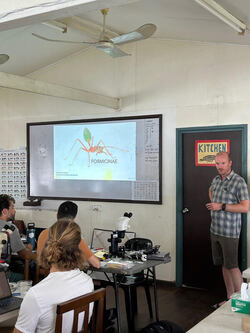 Students took a pause from lab work to listen to a lecture by Michael Branstetter on Formicinae. Michael discussed the diversity and distribution of this subfamily and how it is 2nd largest sub-family of ants in the world. As it contains 3,244 known species that fall into 11 tribes. Students also learned that Papua New Guinea is known to have 355 species for this subfamily. Jack Longino also did a presentation on some of the subfamilies in the Formoicoid clade. Jack spent some time discussing his expertise on army ants too. Phil Ward presented soon after on the subfamily Myrmecinae and their very diverse nesting, feeding, and social behaviors. Students refer to these subfamily-related lectures throughout the course especially in the field, and for identification later. After some time committed to lab work, the instructors and students took a small field trip to a local tree known for having ant plants. We were guided by the BRC staff and locals through the village to a nearby beach. Students got the chance to climb the tree to see the ant plants for collecting purposes. Our night ended with part two to the student seminars. The students who presented were Josiah Kilburn, Juliet Turner, Arthur Matte, Vibhuti Bhat, Mael Dore, Joshua Spitz, Tristan Klaftenberger, and Emmeline van Roosmalen
0 Comments
Day 2 was our first day in the field. We were driven to the rainforest in Baitabag to start collecting. The Binatang Research Center also has their canopy crane here. Students were able to disperse in groups and start their collecting. A few popular spots for collecting in the field was a termite mound that was found, the base of rotting trees, even a group was near a river to see what they could find. Students also got the chance to practice some of the collecting methods shown. Malaise traps were set up, which are used to trap and preserve ants. Those attempting at collecting from low elevation branches on trees used a beating sheet. A couple of methods were used to collect leaf litter. Such as the Winkler method, where students put leaf litter into a sifter, the sifted sample is then extracted later to collect smaller ground ants. Students also got the try the Lloyd Sifter method, where sifting trays are used in the field to collect. A student group also tried baiting, where they used a trail of canned tuna in hopes to spot some hungry ants. Our night concluded with student presentations where they got the chance to discuss the current research that they are doing. Tonight we got to hear from Olivia Bates, Fracois Brassard, Mattia Mechetti, Enrico Schifano, Dr. Priscila E. Hanish, Nils-Christian Schumacher, Sophie Mallett, and Aswaj Punnath
Ant Course 2023 in Papua New Guinea has officially started. After a few bumps in the road with travel, our instructors and participants have safely arrived to the Binatang Research Center. Day 1 consisted of multiple lectures to help set the stage for world ants. Course participants range in education levels from Doctorate to Undergraduate. The lectures hope to give all students enough knowledge to have a successful time in the course. Our morning started out with a presentation by Ant Course Instructor Phil Ward. Phil presented on ant phylogeny and the classification of ants. This was a baseline introduction to the world of ants, in hopes to set the stage for all students. Phil spent some time walking through the 3 major clades: Leptanillomorphs, Poneroid, and Formicoid. Students will be referring to subfamilies in these clades throughout the course. The second presentation of the day was done by Flavia Esteves on morphology. Students got the chance to learn about identification and parts of the ant. She discussed the diagnostic characters of ants which included, the metapleural gland, the elongate first antennal segment, and the abdominal segment. Flavia provided another presentation in the day that got into the specifics of identifying genera. Students got the opportunity to hear from Brian Fisher too. Brian discussed data collecting for our first day in the field tomorrow. He went over the importance of keeping record of data for specimens. Students were informed that good science contains transparent and raw data. Brian walked through how to label specimens and how to record that in their field book. Brian also did a second talk about Ponerinae in which he discussed biological diversity of the genera. Diversity ranges far as some genus living in pristine habitats, while others live in disturbed sites. A portion of the afternoon was used to demo field methods for tomorrow. Students got to learn from the instructors about these collection methods which included the malaise trap, both the Winkler method and Lloyd method for sifting leaf litter, and baiting. Students will get the chance to use these methods in the field. Our first seminar tonight was done by Philipp Höenle, who is currently staying at the BRC. Philipp introduced the ants in Papua New Guinea and their biogeography.
Tomorrow we will be heading to Baitabag for our first day in the field. |
AuthorWrite something about yourself. No need to be fancy, just an overview. Archives
September 2023
Categories |
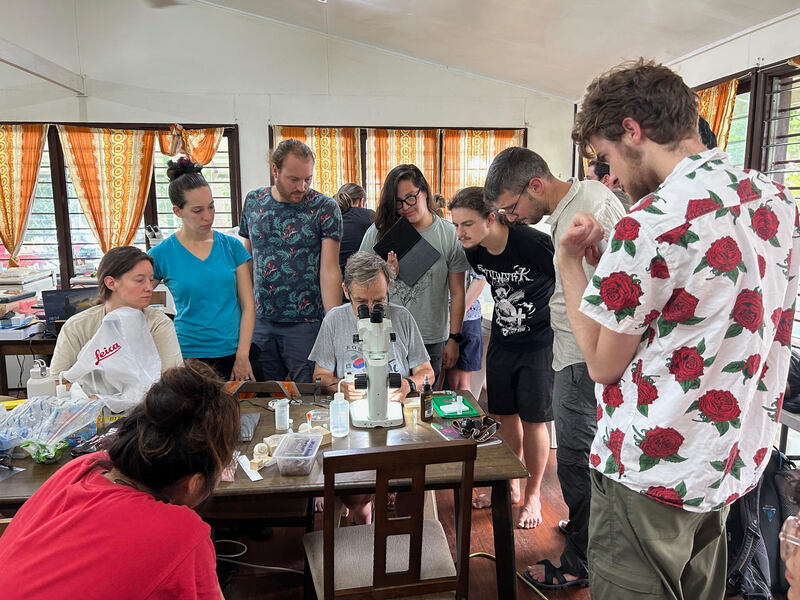
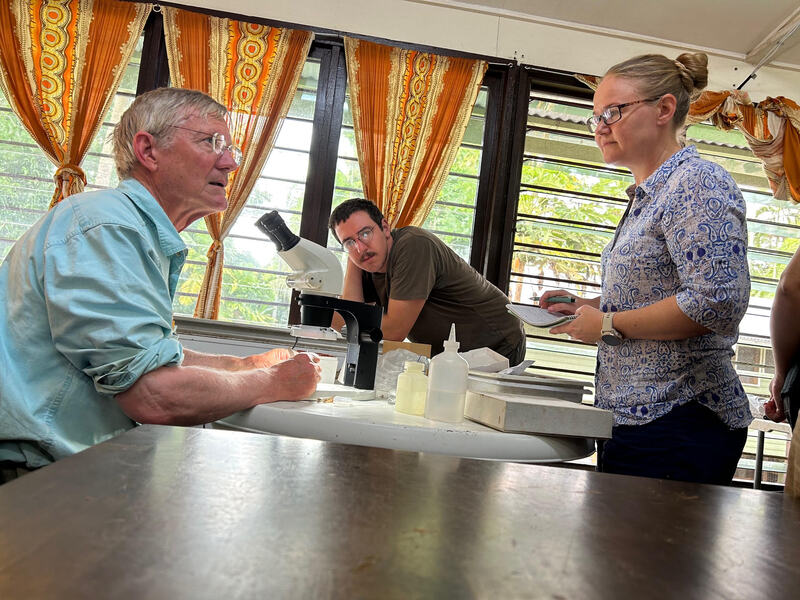
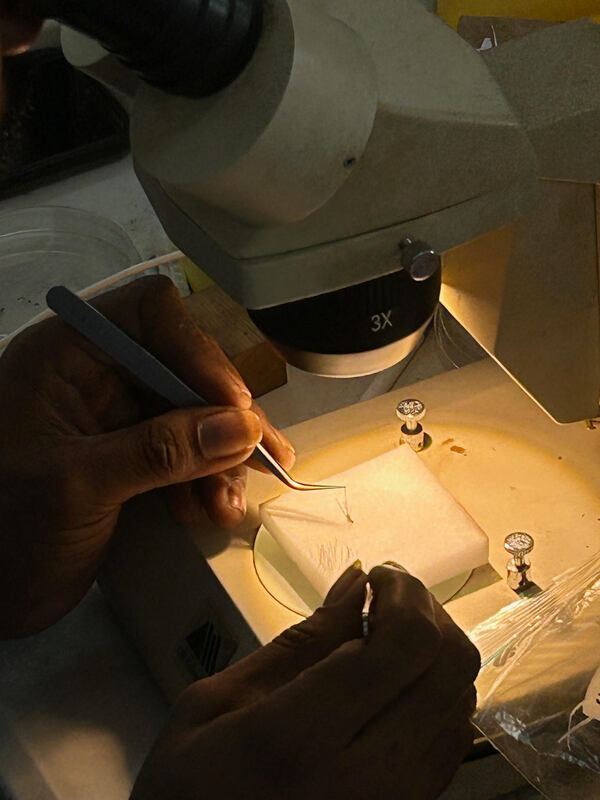
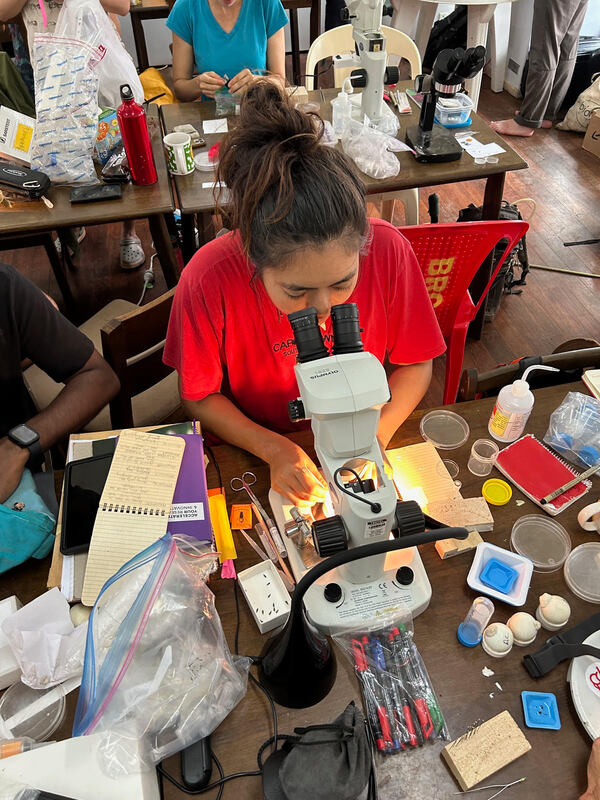
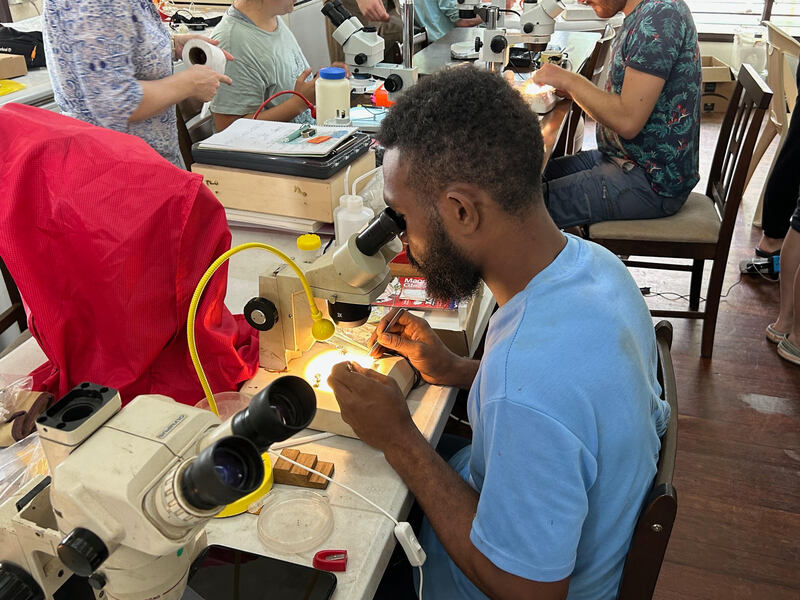
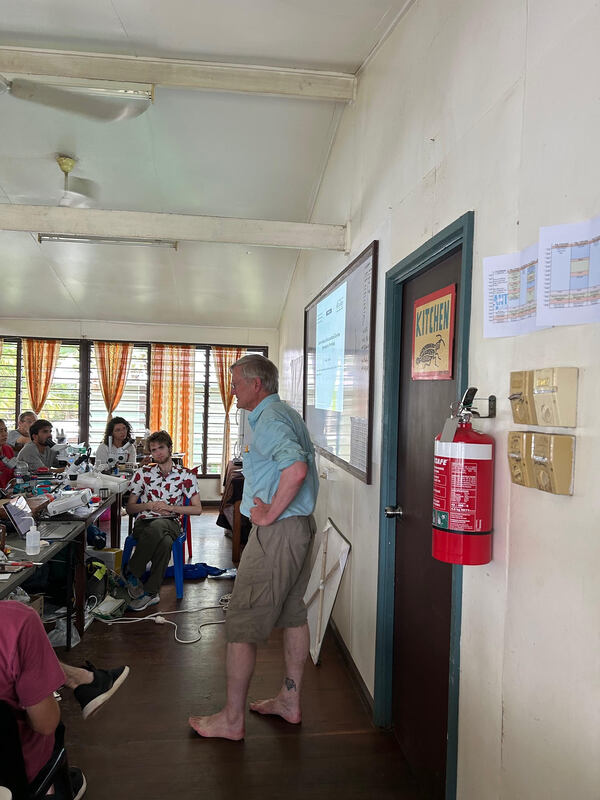
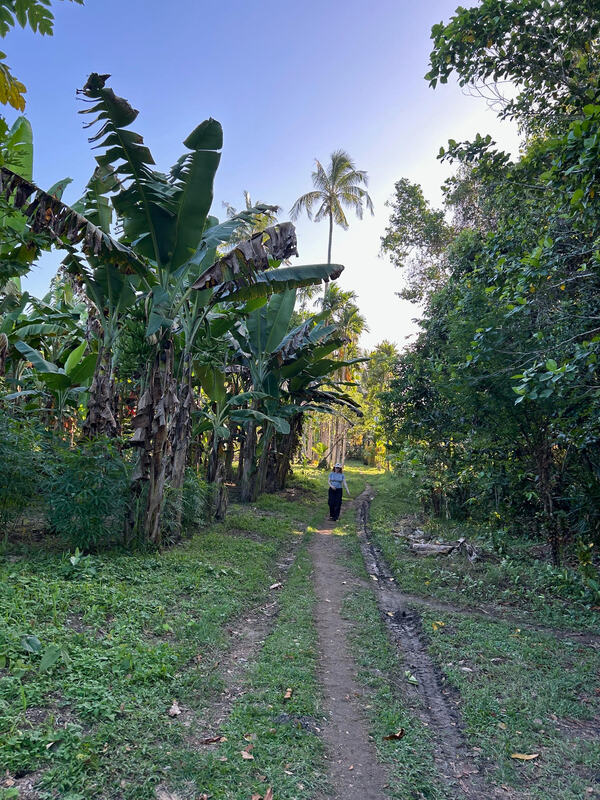
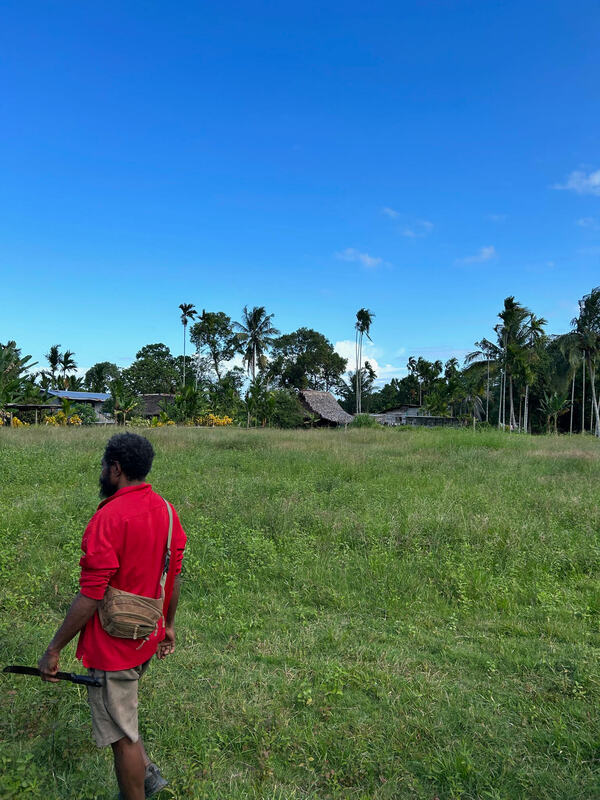
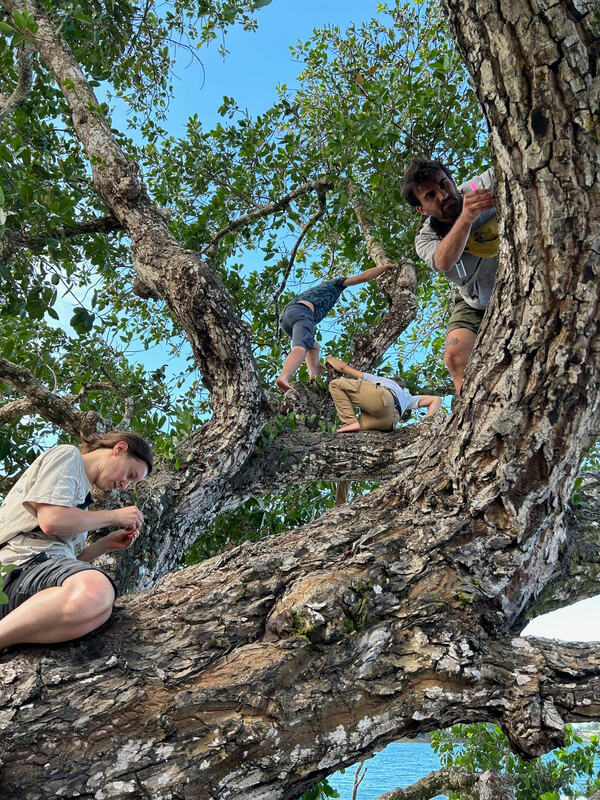
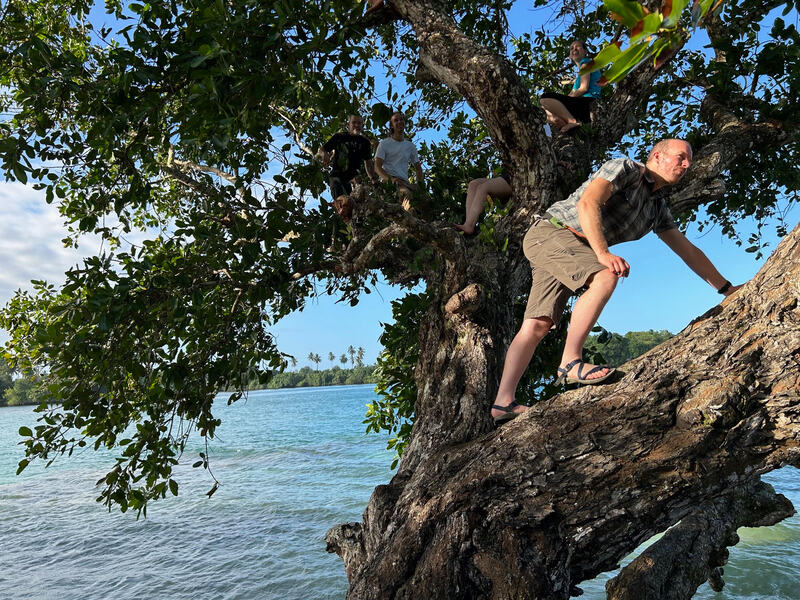
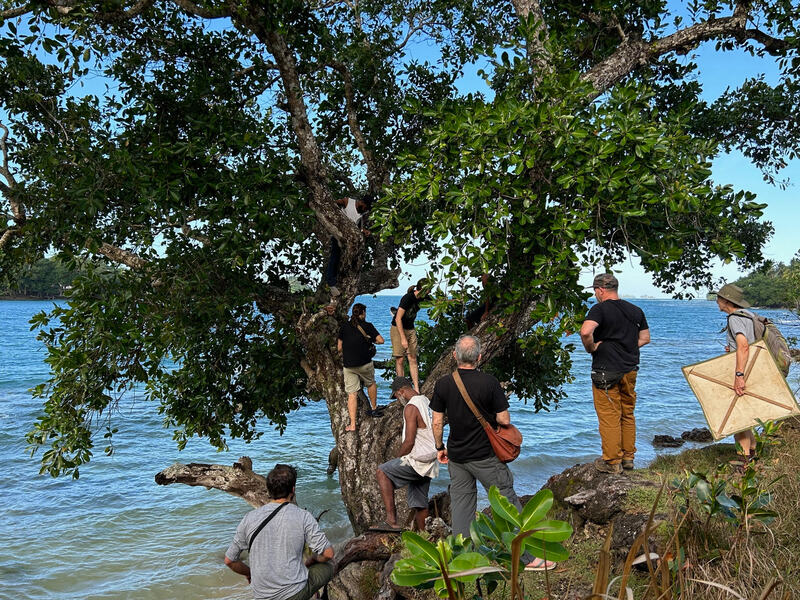
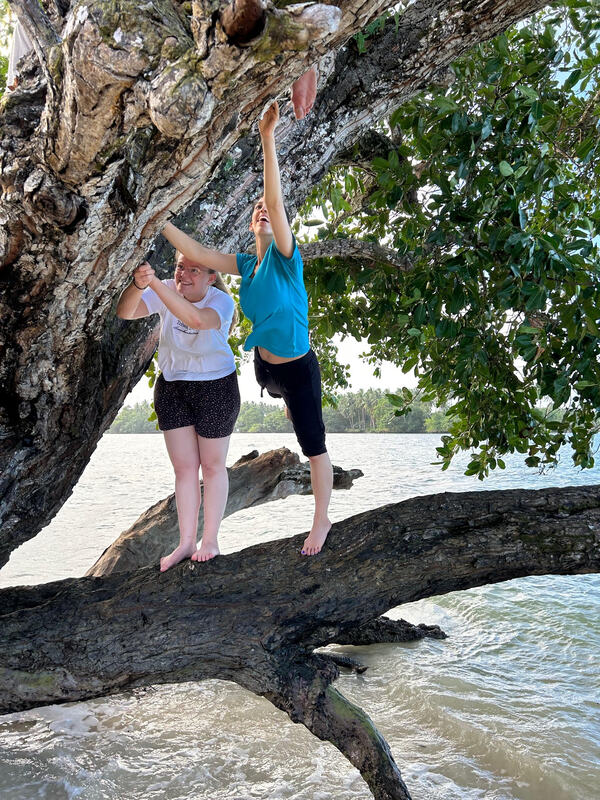
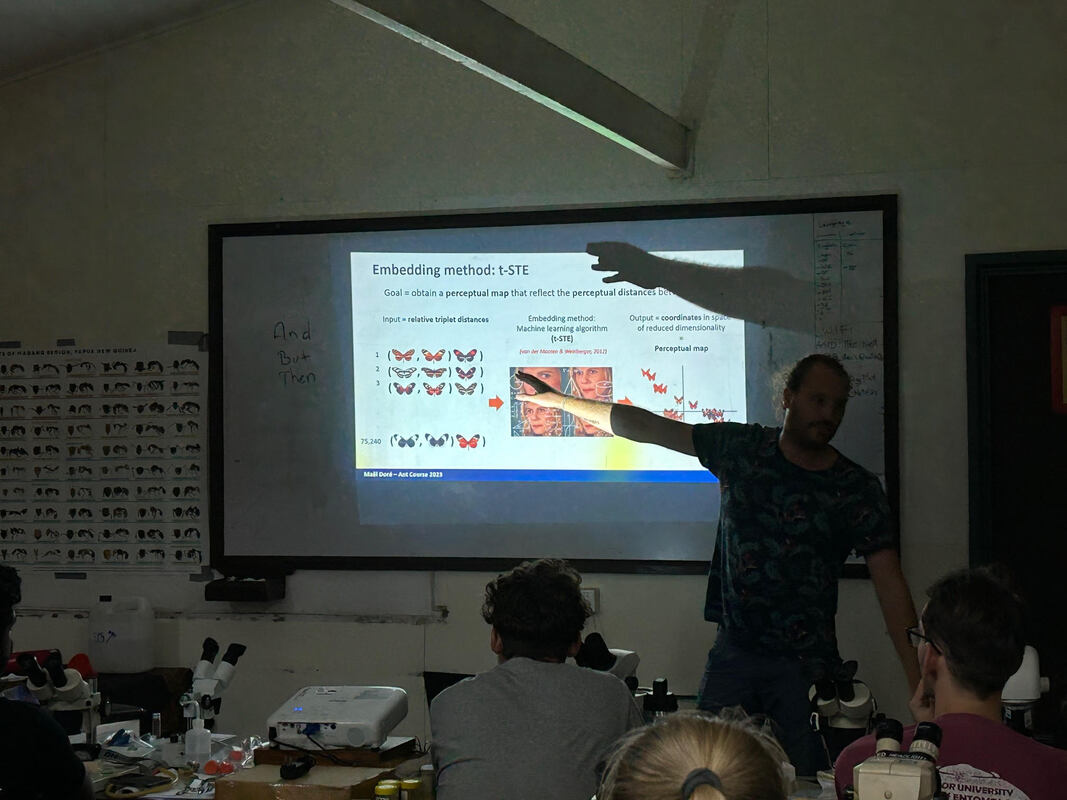
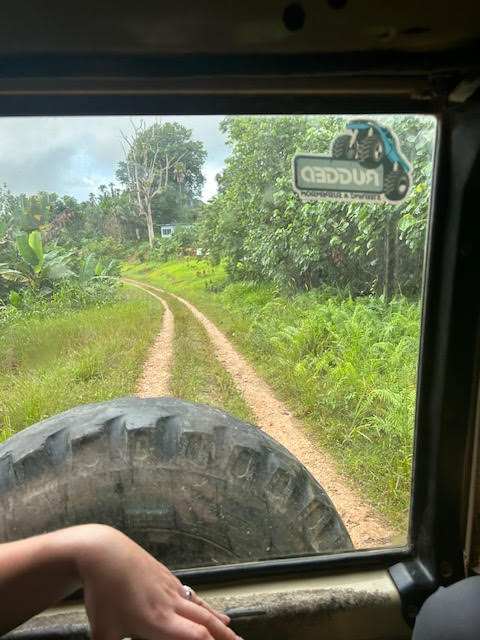
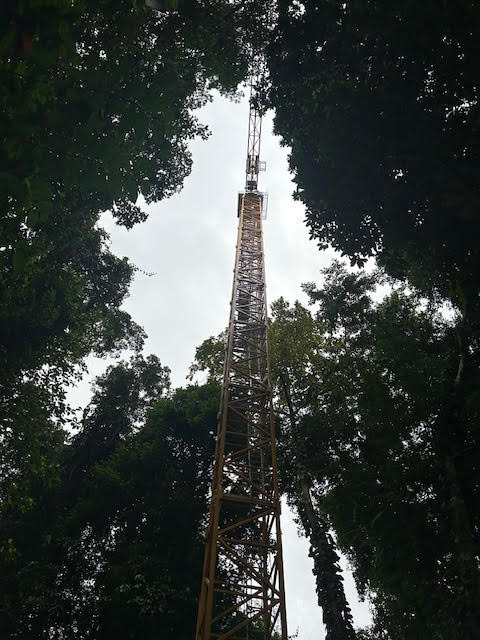
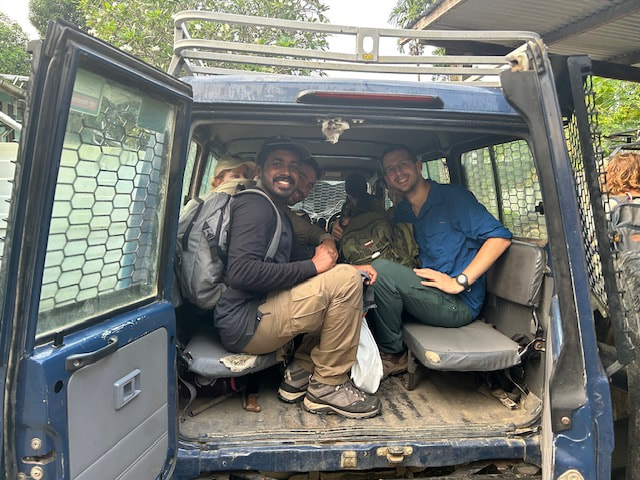
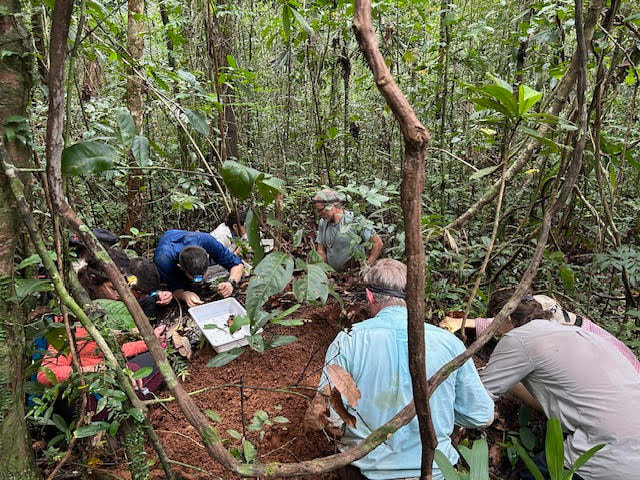
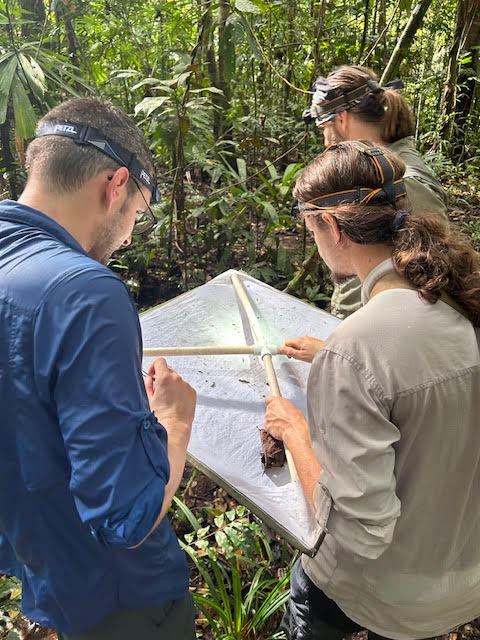
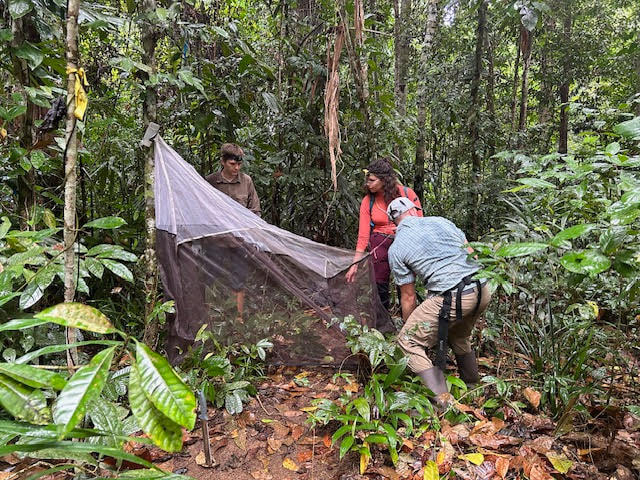
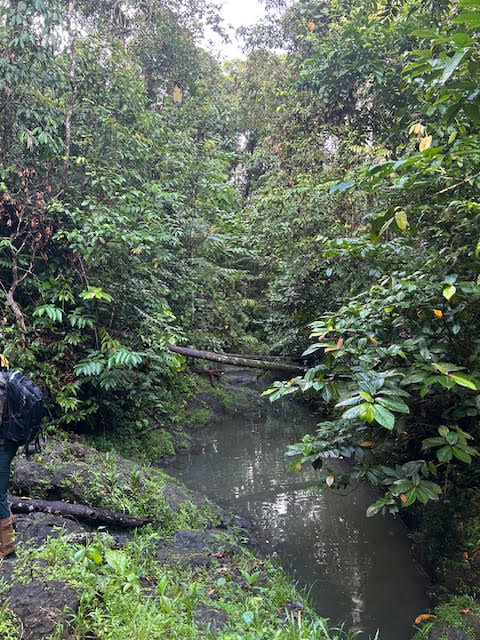
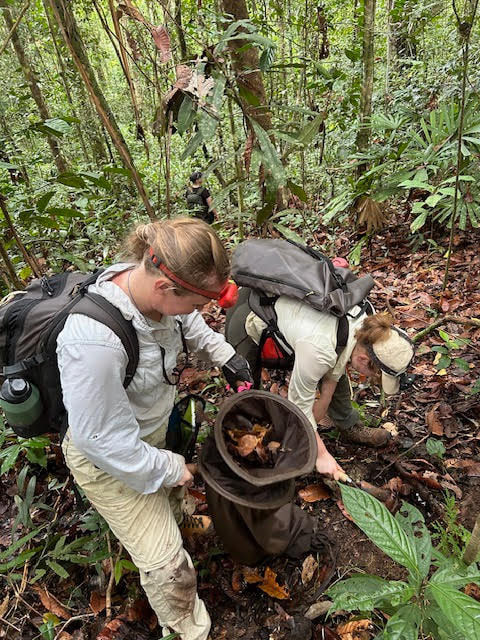
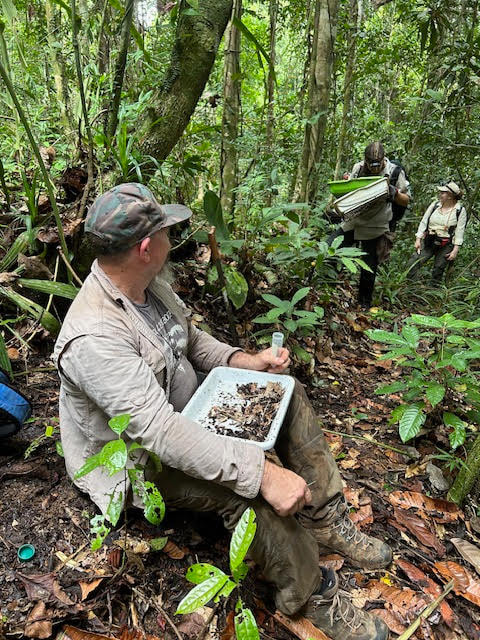
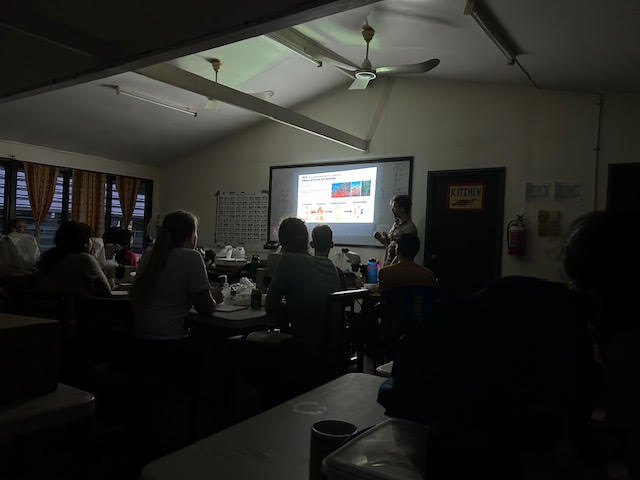
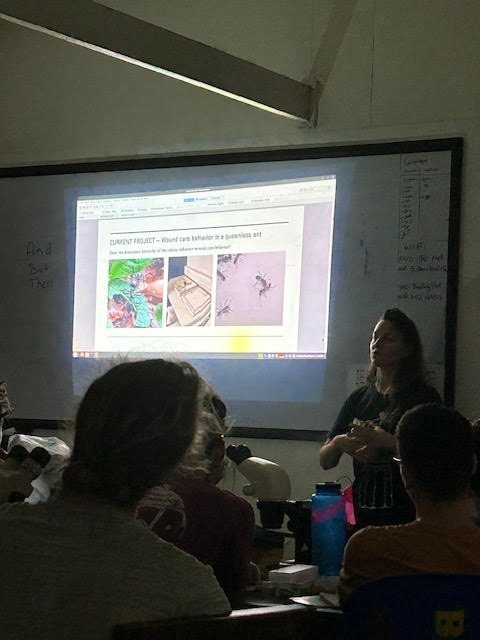
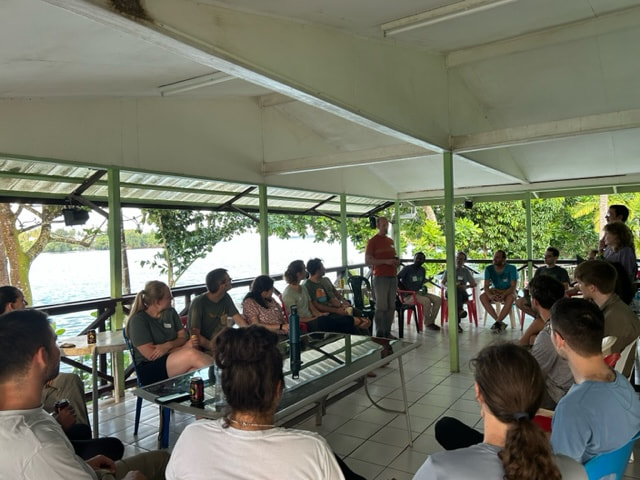
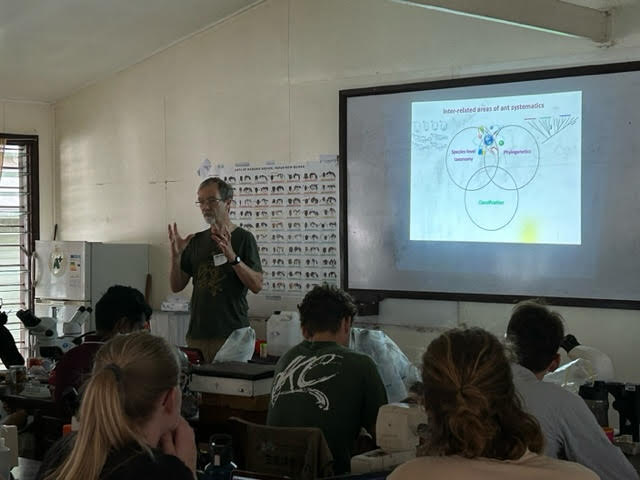
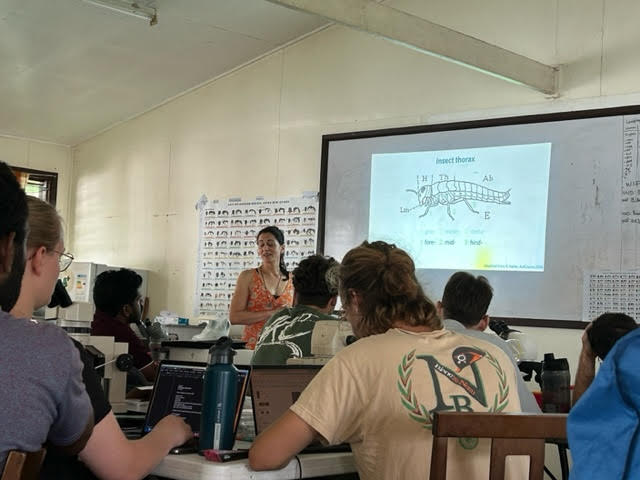
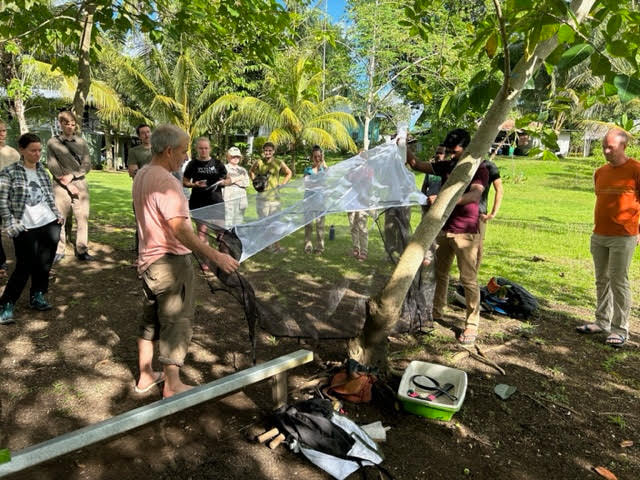
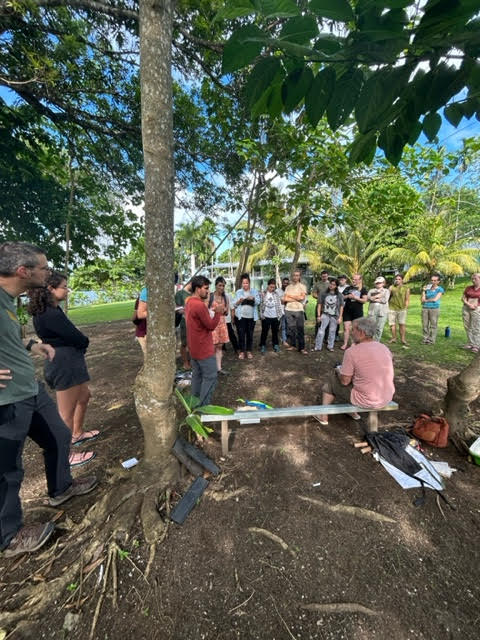
 RSS Feed
RSS Feed